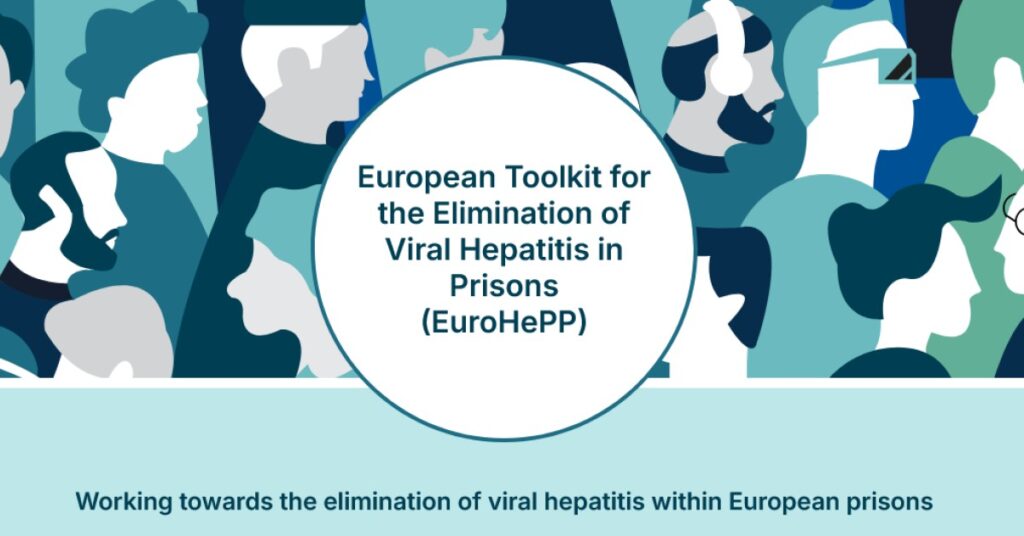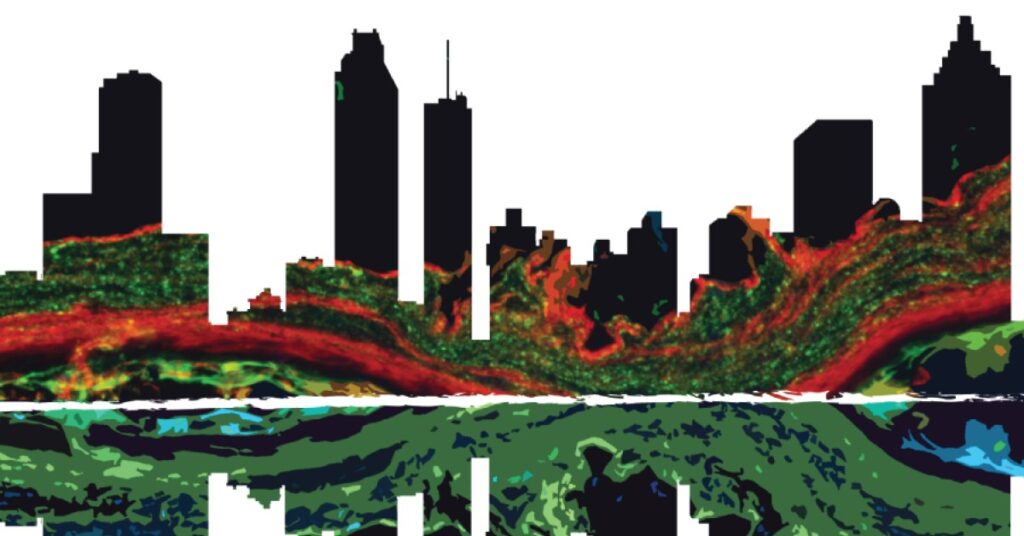- Domaines || de recherche
- Recherche Translationnelle
- Médecine translationnelle transversale (MTT)
- Centre opérationnel de médecine translationnelle (TMOH)
- Service Gestion de projets cliniques (CPMO)
- Centre d'investigation clinique & épidémiologique
- Centre de recherche clinique & translationnelle du Luxembourg (LCTR)
- Biobanque intégrée du Luxembourg (IBBL)
- Disease Modeling & Screening Platform (DMSP)
- Centre du génome Luxgen
- Plateforme de recherche en pathologie (RPP)
- Projets de Recherche
et essais cliniquesSoutenez-nous - Recherche Translationnelle
Actualités
Quel est le lien entre le microbiome intestinal et les allergies alimentaires ?
Veuillez noter qu’à l’exception du titre et du résumé, cet article est uniquement disponible en anglais.
23 novembre 2020
6minutes

Le LIH lance la seconde phase de l’étude clinique APSIS, avec pour objectif de faire progresser la prévention des allergies alimentaires
Le lancement de la seconde phase de l’étude clinique « Biomarkers in Food Allergy Diagnosis (APSIS) »[Biomarqueurs dans le diagnostic de l’allergie alimentaire], placée sous la coordination du Département Infection et immunité (DII) du LIH en collaboration avec le Centre hospitalier du Luxembourg (CHL), le Centre du Luxembourg pour la biomédecine des systèmes (LCSB) de l’Université du Luxembourg et l’Integrated Biobank of Luxembourg (IBBL) a eu lieu en octobre 2020. Cette étude translationnelle a pour but d’explorer la corrélation entre les caractéristiques cliniques et immunologiques des patients allergiques et les caractéristiques fonctionnelles du microbiome intestinal, afin d’encourager le développement de nouvelles stratégies translationnelles dans la prévention des allergies alimentaires. La Dre Annette Kuehn, chercheuse principale de l’étude et cheffe du Groupe de recherche Allergologie moléculaire et translationnelle de l’Unité Allergologie moléculaire et translationnelle du Département Infection et immunité (DII) du LIH explique les principaux aspects du projet.
Dr Kuehn, can you explain what food allergies are and what the current unanswered research question is?
AK: Food allergies, also known as type-I hypersensitivity reactions, are commonly characterised by the production of specific IgE-antibodies against otherwise harmless food proteins. The clinical manifestations in food-allergic patients are highly diverse, with various medical symptoms, severity, reaction delays and tolerance levels, suggesting a series of distinct underlying pathophysiological mechanisms. Currently, in-vitro markers that predict clinical reactions to specific food allergens remain largely unknown. Moreover, severe food allergies represent a substantial burden and a considerable unmet medical need, with their prevalence experiencing a very steep increase in Europe in recent years. We therefore started the APSIS clinical study back in 2017 with a first project called “Advanced food allergen metabolism: from in-vitro to in-vivo peptides”, with the aim of identifying phenotypic biomarkers to enable the advanced stratification of food-allergic patients.
What did this first part entail?
AK: Since peanuts in particular are among the most potent elicitors of the excessive immune responses that characterise food allergies, the study took peanut allergy as a model. We recruited 30 peanut-allergic individuals, including children, in Luxembourg and 20 tolerant controls in Luxembourg and Denmark. Both allergic participants and controls underwent so-called oral food challenges (OFC) to peanuts, a medical procedure in which the allergen in question is administered slowly and in gradually increasing amounts, under medical supervision at the hospital and following strict medical guidelines. Blood samples were drawn prior, during and after the food challenge. These samples were used to quantify the abundance of allergens in serum, assess the reactivity of immune-system cells like basophils and characterise the levels and function of immune cells and cytokines.
In this context, what is the goal of the newly-launched project?
AK: In January 2020, a second APSIS project “Deep profiling of food-allergic individuals and their gut microbiome, a patient-oriented and integrated approach” was launched to elucidate the correlation of clinical and immunological patient profiles with functional characteristics of the gut microbiome. Indeed, a dysfunctional intestinal mucosal barrier is thought to be associated with a broad range of disorders, including food allergies, since it may lead to a disturbed flux of foreign antigens across the gut epithelium, decreasing immunological tolerance and increasing the chance of chronic inflammatory gut responses. In addition, previous research has already shown that the composition and the diversity of the gut microbiota plays a role in shaping immune responses to food proteins. The new study, which will run until 2023, therefore seeks to clarify the functional interactions between the host and the gut microbiome, and how they influence symptom development and allergy manifestations.
How will the follow-up project be implemented?
AK: In October 2020, the practical part of the study was initiated. Stool samples will be collected from peanut-allergic participants and healthy controls at least 2 months after the food challenge. Participants will of course receive a collection kit at home, containing special sampling tubes, gloves and instructions for safely flash-freezing the samples. In addition, patients are asked to record their food intake over the 24 hours before sampling. These samples will help us define the baseline characteristics of the functional gut microbiome in food-allergic patients versus health controls.
How are the results of these two parts integrated?
AK: The idea is to analyse and integrate the information gathered during the two projects in order to gain a deeper understanding of the underlying immune mechanisms, including allergen metabolism aspects, as well as the role in the gut microbiome in shaping individual reactions to allergens. Deciphering these basic aspects is ultimately expected to pave the way towards novel personalised medicine approaches for diagnosing and treating of food-allergic individuals.
And what about the study team and collaborations?
AK: The project is coordinated by the LIH Department of Infection and Immunity, which has the scientific lead, and I act as its Principal Investigator. Our doctoral candidate Rebecca Czolk is also involved in the second part of the study, which constitutes her PhD thesis project. The execution of the clinical part is supported by the Clinical and Epidemiological Investigation Center (CIEC), headed by Dr. M. Gantenbein. However, the activities foreseen under the study rely on the close cooperation with several other national partners, including the Centre Hospitalier de Luxembourg (CHL), the Luxembourg Centre for Systems Biomedicine (LCSB) of the University of Luxembourg, as well as the Integrated Biobank of Luxembourg (IBBL). The first project was conducted by Julia Klueber as her main PhD project and also involved international partners, namely the Odense Research Centre for Anaphylaxis (ORCA), in Denmark, the Technical University of Munich and the Helmholtz Center Munich, in Germany. In terms of financial support, the current project within APSIS is co-funded through grants from the National Research Fund (FNR) under the programme FNR-PRIDE MICROH DTU, while the first phase was co-funded by the FNR-PRIDE NextImmune Doctoral training Unit and by the Luxembourg Personalized Medicine Consortium (PMC).
MORE INFORMATION








